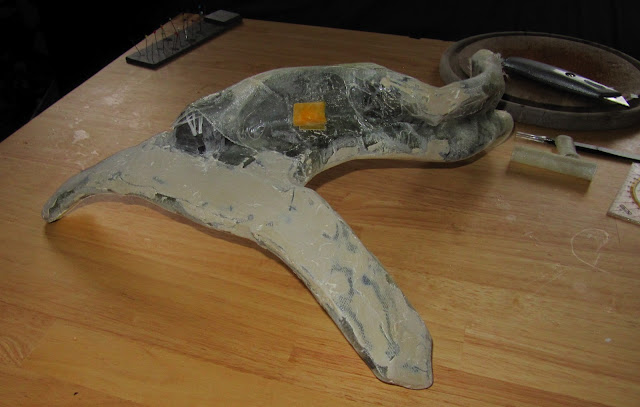Seriously. The day the horn was gone, the sun had returned. But was that really the the case or just false perception? So let's take a look at the data. We grabbed some freemeteo.com weather data from the 2009 on and extracted as much information possible.
For visualization, we choose 3 key figures:
- Sunhours per day
- maximum Temperature
- rainfall per day
Compared to the 2009-2011 mean values, we had 41.5% less sunhours and 150% times the rainfall. The temperature was on average 3K colder. That looks quite impressive, but as always statistics lie!
Red and Green bars denote the difference of 2012's value to the 3 years mean. Green is better, red is worse, so lot's of red strengthens our point.
Sunhours
Three year mean is 12±4.5h (theoretical cap is ~15h, cause the sun doesn't shine longer) so standard deviation is not the best description, as the distribution is definitely not standard normal.
Low values, near zero (less than 2h) direct sun occur four times over the period which is as often as in the 2009-2011 timeframe, thus ~3 times more often than expected. In addition 9 values are below the 3years minimum and only 3 above the mean.
Before the horn was up, the days were pretty normal (within the 3 years hull, near the mean), but after unicorniversity sunhours skyrocketed well above the mean and mostly outside the 3 years maximum values.
Temperature
Maximum temperature of the day is lower than the mean for the whole month but the effect before and after unicorniversity are virtually nonexistent. This might be the case, as temperature is somewhat dependent on the other effects and has a certain delay, as heating up and cooling down the surface takes some time. We call secondary effect.
Rainfall
Apart from the total amount of rain, lets look at the number of rainy days. The 3 year mean shows us, that apart from two days, for every day in the July 4 - July 19 period (approximately 2 weeks or half of the month), there was one year, with no rainfall for that day. Compared to that every day (but one) period in 2012, it's quite striking. So let's have a look at the individual years:
2009: 12 rainy days, 2010: 5 days, 2010: 10 days, on average 9±3 days, which means 15 days for 2012 is well outside the 1-sigma range. In addition, the DWD reports 9.9 rainy days for the whole month (average from '71 to 2000). 15 rainy days in half the time is definitely worse.
Looking at the distribution of rain-amount (it's not mm/m^2 but an arbitrary scale), 7 days are even above the 3 year's maximum amount for the respective day and only one is below the day's mean. Without further quantification that's pretty wet.
After we removed the horn: No more rain for a stable 5 days minimum. With constant raining before, this is quite strong.
Conclusion
Unicorns lead to rain, but even more: Removing them get's the summer back! Next time we try to collect more data, to prove this conjecture. Scientific work. First day of unicorniversity, which had pretty good weather, better than the 3years mean for that day, is regarded as adaption time. The asymmetry towards the end has to be studied further, but with a lot more sun and zero rain from July 20 on, the absence of the unicorn is obvious.
A working model, understanding this miraculous link, could be based on the connection between unicorns and rainbows. We might get into that later.
A working model, understanding this miraculous link, could be based on the connection between unicorns and rainbows. We might get into that later.











































